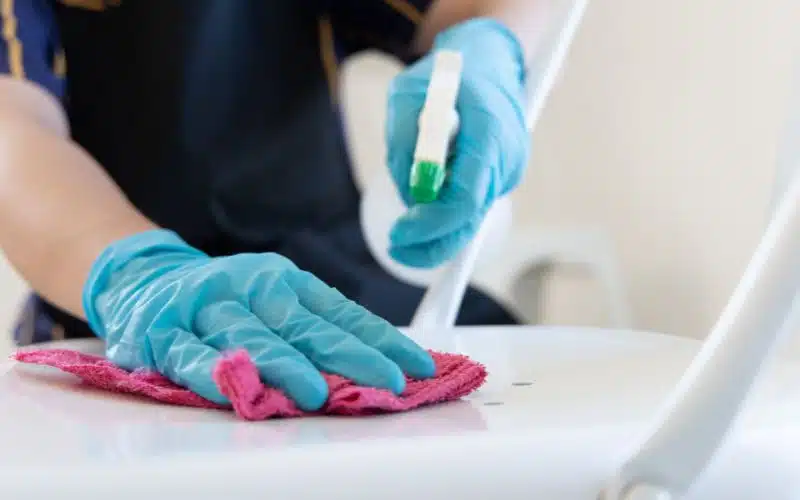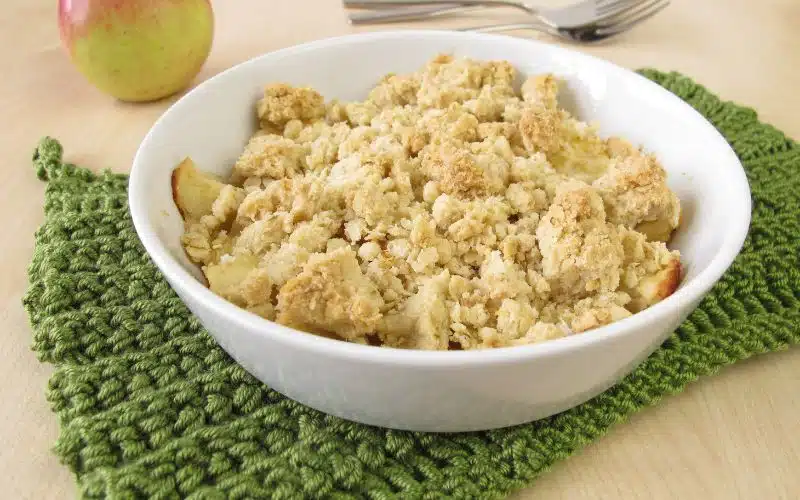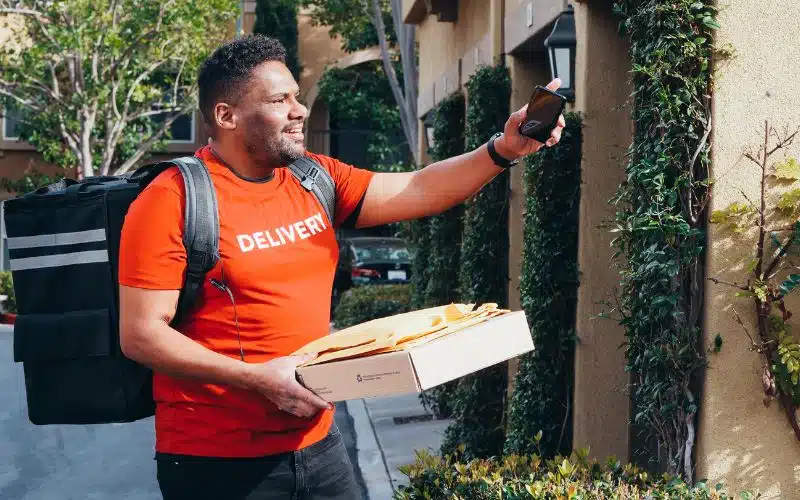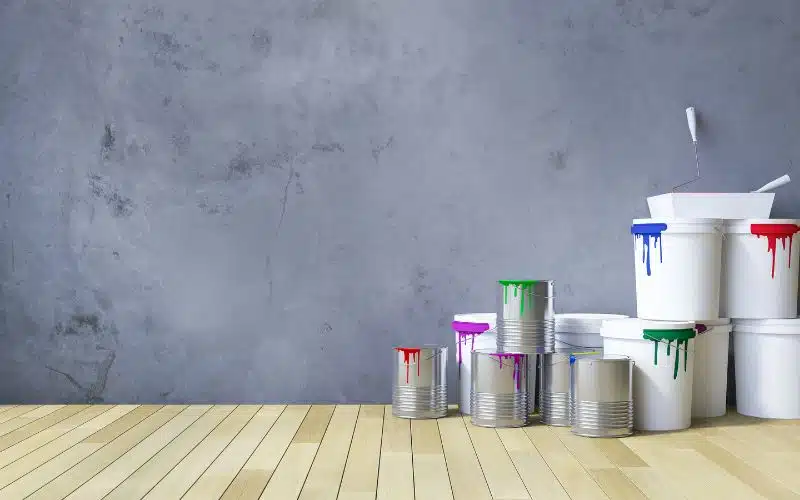Washing dishes is a chore we all know well, but what about using bleach? This common household cleaner might seem like an odd choice for your dinner plates and cups.
However, it’s more useful than you might think. Bleach, when used correctly, can be a powerful ally in your kitchen, fighting against stubborn stains and harmful germs.
Let’s dive into how bleach can transform the way you tackle those dirty dishes.
Key Points on Using Bleach for Dishwashing
- Effective Sanitizer: Bleach effectively kills germs and bacteria, ensuring dishes are not just visually clean but hygienically clean as well.
- Stain Removal: It is particularly useful for removing tough stains from dishes, especially when diluted properly.
- Risk of Superbugs: Overuse can lead to the development of superbugs, which are resistant to bleach, reducing its effectiveness.
- Safety Precautions: Avoid mixing bleach with dish soap to prevent the formation of toxic gases. Also, it’s important to rinse dishes thoroughly after using bleach to avoid ingestion of chemical residues.
- Limitations and Risks: Bleach does not kill all bacteria, like salmonella, and can have detrimental effects on the skin. Additionally, it should not be used on metal dishes due to the risk of damage and rust.
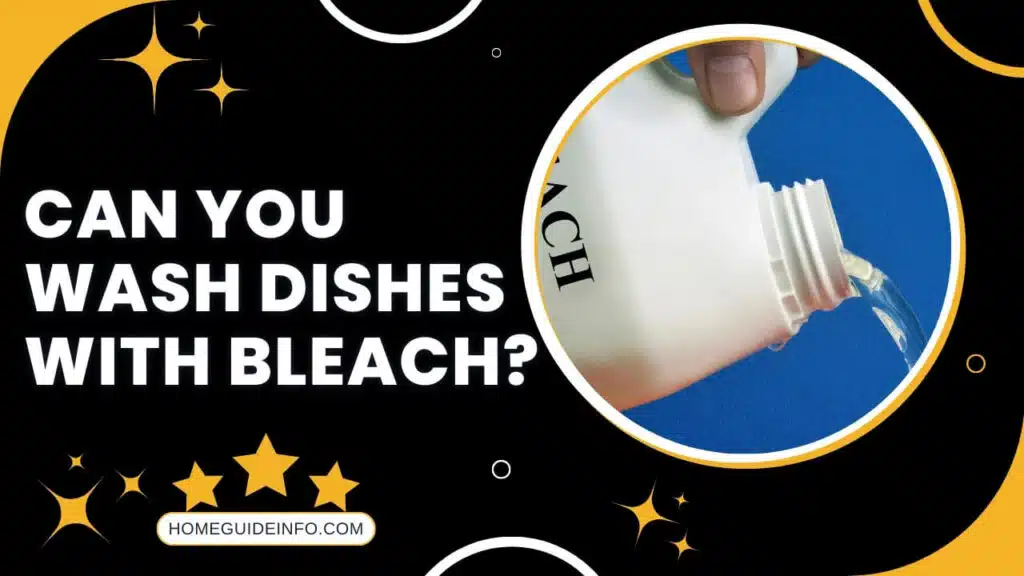
11 Things To Know About Washing Dishes With Bleach
#1. Bleach is a good sanitizer:
Using bleach to clean your dishes can kill a lot of germs and bacteria. This makes your dishes not just look clean, but actually be clean.
For mugs that touch your mouth, a soak in a diluted bleach solution is extra helpful. Remember to rinse them well before you put them away.
#2. Bleach is used for removing tough stains:
If you find hard-to-remove stains on dishes, bleach can help. It works on stains from greasy foods and can make your dishes look new again.
To be safe, always mix bleach with a lot of water before soaking your dishes. For example, when you use about one-third of a gallon of bleach, you should mix it with a whole gallon of water.
#3. Bleach may lead to the formation of superbugs:
Using bleach too much on dishes might cause superbugs. These are germs that get so strong they don’t get killed by bleach anymore.
It means bleach then becomes less effective over time and won’t work as well to sanitize your dishes.
#4. Bleach is used on dishes for thorough cleaning of dishes:
Bleach does a good job of making dishes super clean. When you use bleach correctly, it removes all kinds of dirt. This leaves your dishes looking and feeling truly spotless.
#5. It would be best if you did not use bleach and dishwashing soap simultaneously:
Mixing bleach and dish soap can be dangerous. This combination makes harmful gases.
By washing your dishes with soap first and bleach afterward, you avoid creating toxic fumes. Doing this will keep you and the air around you much safer.
#6. Bleach does not affect salmonella:
Bleach can’t kill all bacteria, like salmonella. To fight salmonella, it’s vital to throw away leftover food particles after eating. If you suspect salmonella on your dishes, hot water is your best bet for cleaning them.
#7. Bleach has detrimental effects on the skin:
When you use bleach often, it may irritate your skin. It can also cause burning sensations with repeated use. To protect your skin, always water down bleach a lot before you start washing dishes.
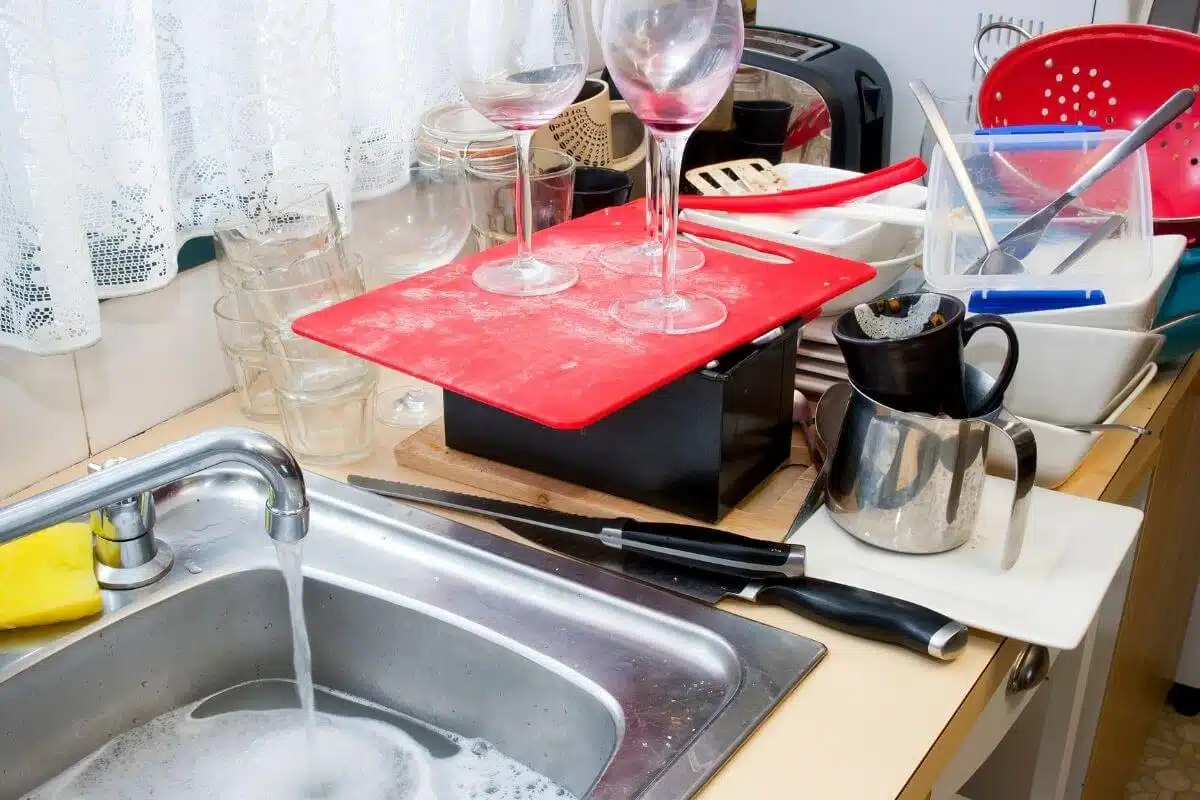
#8. Rinse dishes after washing with bleach:
Bleach has chemicals that shouldn’t be eaten. So, it’s important to rinse dishes well after soaking them in bleach. Dishes with leftover bleach aren’t safe to use.
#9. Dilute bleach with lukewarm water:
Lukewarm water is best when thinning bleach for cleaning dishes. Hot water can make bleach less effective. Lukewarm water ensures the bleach remains strong enough to clean well but safe to use.
#10. Avoid washing metal plates with bleach:
The metal reacts with bleach and can get damaged. When you’re cleaning dishes, keep metal ones away from bleach to avoid rust and corrosion.
#11. More chances of food poisoning:
If bleach isn’t fully rinsed off, it can raise the risk of food poisoning. Particularly with cups and mugs, where the risk is higher.
Consuming bleach leads to serious health problems, such as vomiting or diarrhea. So, be sure to rinse thoroughly to avoid this risk.
